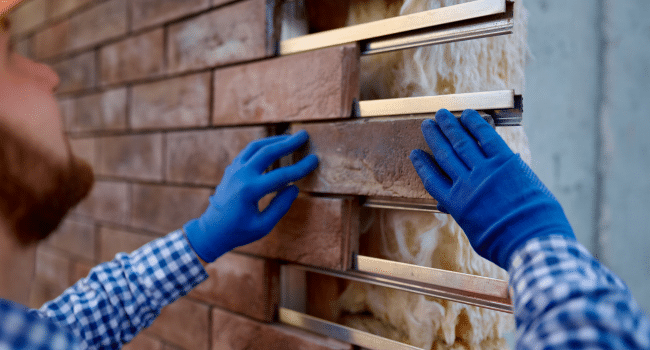Table of Contents
In environments where cleanliness is critical—such as commercial kitchens, healthcare settings, food processing areas, and laboratories—hygienic wall cladding offers a simple and effective solution to ensure walls remain sanitary, protected, and compliant with health standards. Unlike traditional wall finishes like paint or tiles, hygienic cladding provides a seamless, non-porous surface that is easy to clean and maintain over time.
As businesses and organisations face increasing pressure to meet hygiene regulations and minimise contamination risks, hygienic wall cladding has become the material of choice for both new builds and renovations.
Why Wall Hygiene Matters
Walls in commercial and healthcare environments are constantly exposed to moisture, splashes, impact, and contamination. Over time, traditional finishes can crack, peel, or allow bacteria to accumulate—especially around joints, grout lines, or textured surfaces.
Hygienic wall cladding addresses these issues by providing:
- A smooth, seamless surface that bacteria can’t penetrate
- Moisture and chemical resistance for frequent cleaning
- Durable protection against knocks, scrapes, and wear
Whether you’re running a food-grade facility or a medical treatment room, maintaining clean, intact surfaces is essential—not just for visual appeal, but for legal compliance and public health.
Key Benefits of Hygienic Wall Cladding
- Fully Waterproof and Non-Absorbent
PVC hygienic cladding is made from non-porous plastic, meaning it won’t absorb moisture or allow mildew to form beneath the surface. This makes it particularly valuable in wet rooms, showers, wash bays, and other high-humidity spaces. - Fast and Simple Installation
Hygienic wall cladding sheets can be installed quickly using grab adhesive, often without the need to remove existing wall finishes. The large panel sizes cover more area with fewer joints, and trims are used to seal corners and edges neatly. For businesses, this means minimal disruption and fast turnaround times. - Low Maintenance and Easy to Clean
No more scrubbing grout lines or repainting walls. A quick wipe with a cloth and standard detergent is all that’s needed to keep cladding surfaces looking fresh and clean. Because the material is stain-resistant and chemical-resistant, even heavy-duty cleaning products won’t cause damage or discolouration. - Long-Lasting and Impact-Resistant
PVC wall panels are tough. They withstand daily knocks from trolleys, cleaning equipment, and other sources of physical wear—something that tiled or painted surfaces often struggle with. This long-term durability helps reduce repair costs and keeps your space looking professional. - A Range of Designs and Finishes
While white is the most common finish used in hygiene-sensitive areas, modern cladding systems now offer a wide range of colours and surface textures. Coloured panels can be used to designate zones, improve aesthetics, or match existing branding—all without compromising hygiene. - Compliance with Industry Standards
From food production and storage areas to GP surgeries and dental clinics, hygienic wall cladding helps businesses meet industry-specific regulations such as:
- HACCP (Hazard Analysis and Critical Control Point) in food handling
- HTM 01-05 standards in dental environments
- CQC and Environmental Health requirements
Installing compliant surfaces shows regulators—and your clients—that you take cleanliness seriously.
Where to Use Hygienic Wall Cladding
This type of cladding is suited to a wide range of industries and environments, including:
- Commercial kitchens and canteens
- Hospital and GP treatment rooms
- Toilets, showers, and changing facilities
- Food factories and cleanrooms
- Veterinary clinics and kennels
- Education and care facilities
In each case, hygienic cladding not only improves wall durability and cleanliness—it also supports faster turnaround times for deep cleaning and maintenance.
A Smarter Alternative to Paint and Tiles
Traditional options like emulsion paint or ceramic tiles simply don’t offer the same combination of hygiene, durability, and ease of use. Paint can peel under steam or be damaged by cleaning chemicals. Tiles may look smart when new, but discoloured grout, cracked corners, and water ingress become problems over time.
Hygienic wall cladding eliminates these risks—offering a sleek, modern, and regulation-ready finish that protects both your walls and your reputation.
